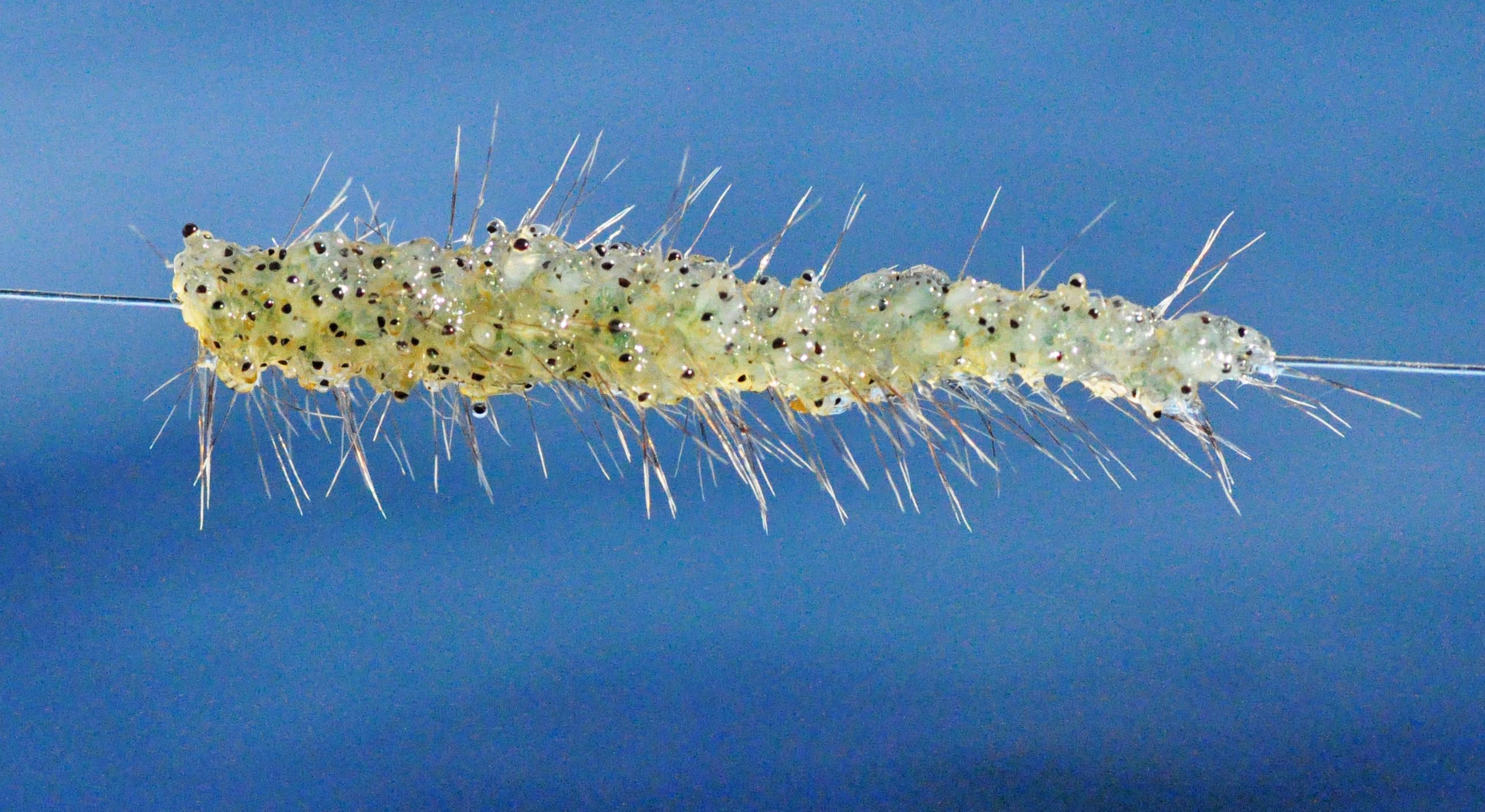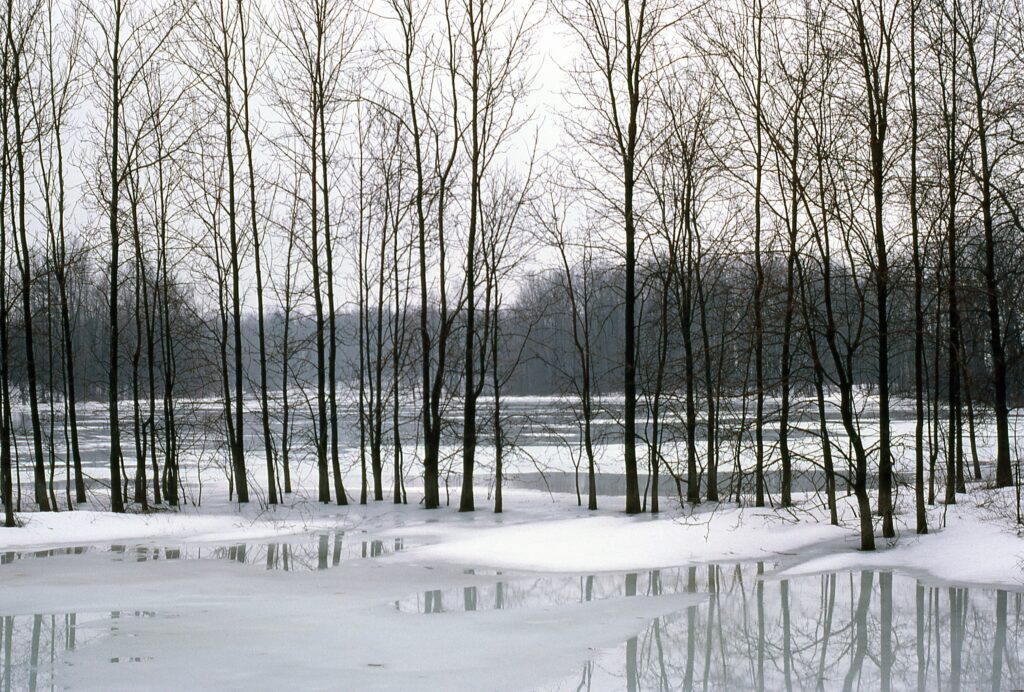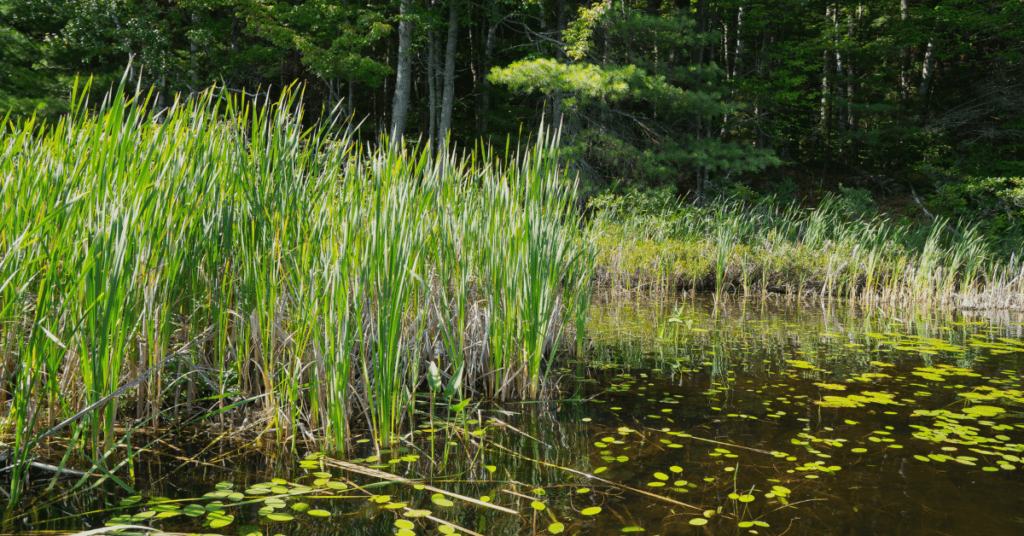Have you heard about the spiny waterflea? It’s just one of the invasive species threatening the Great Lakes. And according to a recent study, this microscopic invasive species costs our economy millions of dollars by contributing to algal blooms. Last year, Ontario passed the Invasive Species Act, which is intended to reverse this kind of damage and prevent other non-native species from entering the Great Lakes. But, with the complex interaction of invasive species, pollutants, and climate change, much remains to be done to protect the region’s ecology and economy.
An estimated 186 non-native species have invaded the Great Lakes watershed. These species have degraded habitats by outcompeting native species for food and disrupting food webs. In addition to their damaging impact on ecosystem health, they have cost the regional economy billions of dollars. When invasive species threaten the Great Lakes, they also threaten the industries, jobs, and recreation that the lakes support. Previous estimates have shown that each year, invasive species cause almost 5.7 billion dollars in economic losses in the Great Lakes basin.
But even this staggering figure likely underestimates the damage. A new study found that the microscopic spiny water flea has had a huge impact on the Great Lakes. Since the 1980s, when the species was introduced, it has out-competed native fish species for food sources and has stifled fishing industry by clogging eyelets of fishing rods. But perhaps most damaging is that it preys on the algae eating native Daphnia flea. With growing populations of the spiny water flea, Daphnia populations have decreased and algae populations are getting out of control. The damage from the algal growth caused by the spiny water flea amounts to upwards of US$163 million in just one lake. The total damage to the Great Lakes basin is likely many times this.
Eradicating invasive species after they have established themselves is almost impossible. But their impacts can be controlled and further destruction from new invasive species can be avoided. Efforts towards the latter have been successful during the last decade: not one invasive species has entered the Great Lakes since 2006. The Great Lakes community must continue to diligently address threats from potential invasive species, like Asian carp, so that what happened with the spiny water flea does not happen again.
We must also do what we can to mitigate the effects of current invasive species. In the case of the spiny water flea, this means stopping algal blooms. Last year, the Great Lakes experienced the worst algal bloom ever recorded. These blooms force beach closures, contaminate drinking water, kill fish, and threaten the lake’s multi-billion dollar tourism economy. According to the study, a 71 percent drop in phosphorus would be needed to counteract the effect of the spiny water flea. Phosphorus pollution is the cause of algal blooms. By reducing nutrients like phosphorus from washing off farmers’ fields and urban areas, some damage could be mitigated.
The challenges the Great Lakes face are linked, and it will require a collaborative effort to protect the ecosystems we rely on to drink, work, and play.
You can help.
You can help stop the spread of invasive species! Learn how to spot them and visit eddmaps.org/ontario to register and report your sighting.
Sightings may also still be reported to the Invading Species Hotline at 1-800-563-7711 FREE or by Email info@invadingspecies.com








